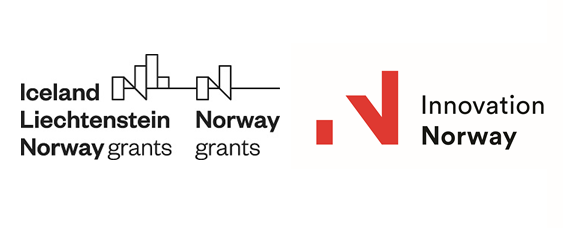In a period of transformation and a market full of challenges, the banking industry needs to take advantage of each opportunity. Staying relevant, by adapting behavior and embracing change, is one of the biggest challenges.
There are so many technology companies who have the advantage of starting from scratch and who provide new services people find convenient and easy to use. In this context, banks need to design better products to win back the preference of consumers and implement new technologies to offer a better experience of the process, while keeping their licenses. Banks have to put together an infrastructure capable of powering day to day operations and be compliant to standards and regulations, an infrastructure that requires minimal effort and resources to maintain and run.
It became crucial to understand and learn the behavior of customers and develop personalized offering in a short period of time. To compete on the market, banks could simplify products and services and focus on user experience from early design stage.
However, being compliant is of greater importance to a bank than being perceived as innovative. And ultimately, the role of a bank is not to be innovative, but to be safe and in line with regulatory constraints. Obviously, he who wins has best of both worlds – compliance and great services. And that is the trendsetter bank.
The trendsetter bank is a reference for the entire FinTech ecosystem. It is agile and flexible enough to quickly integrate new technologies, it has completely automated its internal workflows and it is trusted because it is regulated. It prefers open source technologies and provides holistic solutions to its customers, with state of the art services.
We spoke about what a bank could do to become a role model for the industry in our Open Theatre session yesterday at Sibos – “The Trendsetter Bank”. We then invited all wine lovers to join our exquisite Romanian wine tasting event.
At this year’s Sibos, we focused on FinTP, our software solution for processing financial transactions, and banking on open source technologies. We promote open source technologies in the banking industry. This is the suitable distribution model for banking software aimed to fuel everyday operations, simply because competition, differentiation and relevance do not start from back-offices.
All these need to happen at the level of services customers need and use.
In today’s day and age, if your bank has managed to put together an infrastructure capable of powering day to day operations and offer compliance to standards and regulations, an infrastructure that requires minimal effort and resources to maintain and run, you stand a chance of focusing on creating and delivering value to your customers.
We push forward the concept of banking on open source technologies, which allows a greater level of flexibility and transparency at infrastructure level.
Flexibility is given by the very essence of open source, which is cumulating contributions of several parties in one piece of software that evolves rapidly and safely. Why transparency? Just like glass walled police stations that are built to tackle corruption, open source software gives access to the code behind. Even if not everyone can read it, more parties than in the case of the one vendor providing traditional banking software review and approve it, both human and automated scanning systems. As a result, any application that is not open source is more likely to be able to inject malicious code or programs within a bank, as compared to software that is open and provides an open book of the code behind.
Contributors agree by consensus that versions are stable, signal any early flaws or glitches and then the certified party accepts, fully tests and promotes proposed changes into the main version. It is hard to keep vulnerabilities unnoticed and unhandled when automated tests are there to point out any inconsistencies or issues.
With all the talk going on around cybersecurity these days, specifically in banking, an extra case is being made for promoting the use of open source technologies. The more eyes on the code behind, less probability security breaches can come from the running application.
How is this now all linked to the trendsetter bank? A bank that has put together an open source infrastructure benefits of less of an overhead for managing internal systems and has freed up both human and financial resources for focusing on delivering state of the art services to customers. And these services do not even need to be designed and built from scratch, because usually for most problems there already are a couple of young FinTech startups who have come up with a solution. All banks need to do is partner and work closely with them to help them scale and offer, together, services people are comfortable with and eventually even get to like.
By Ioana Guiman, Business Development Manager, Allevo.
Source: Bobsguide









